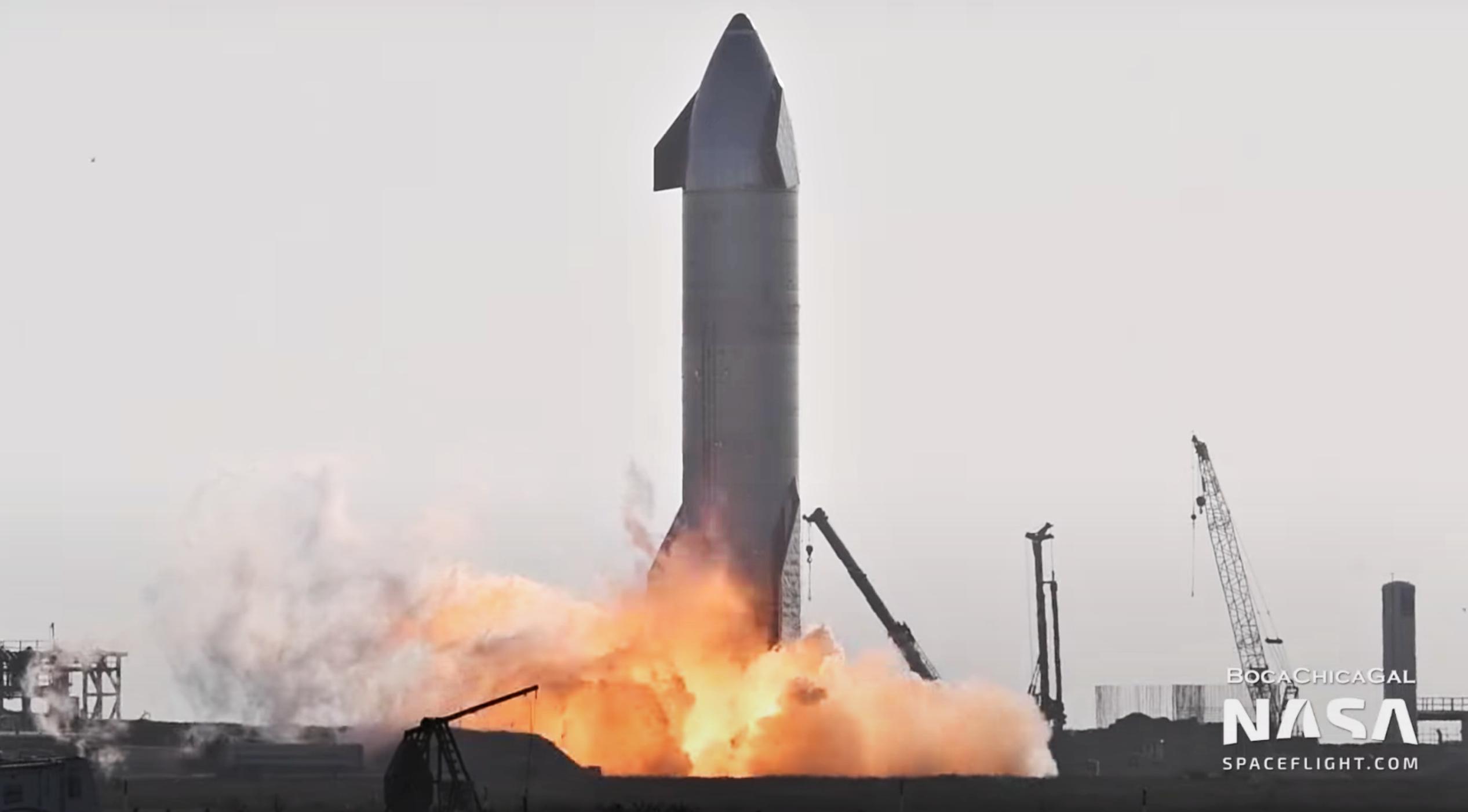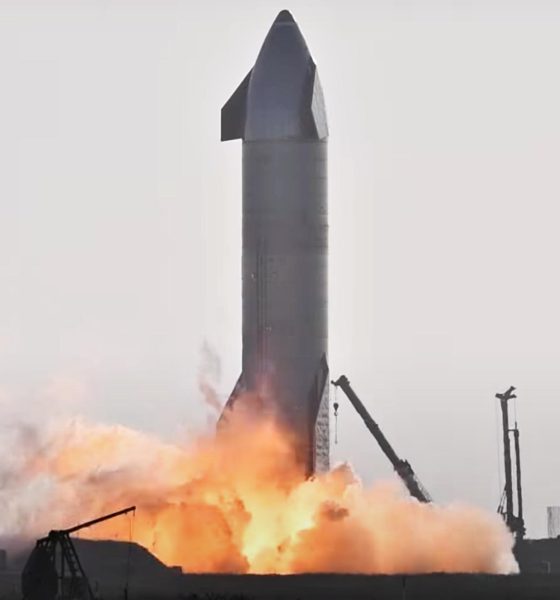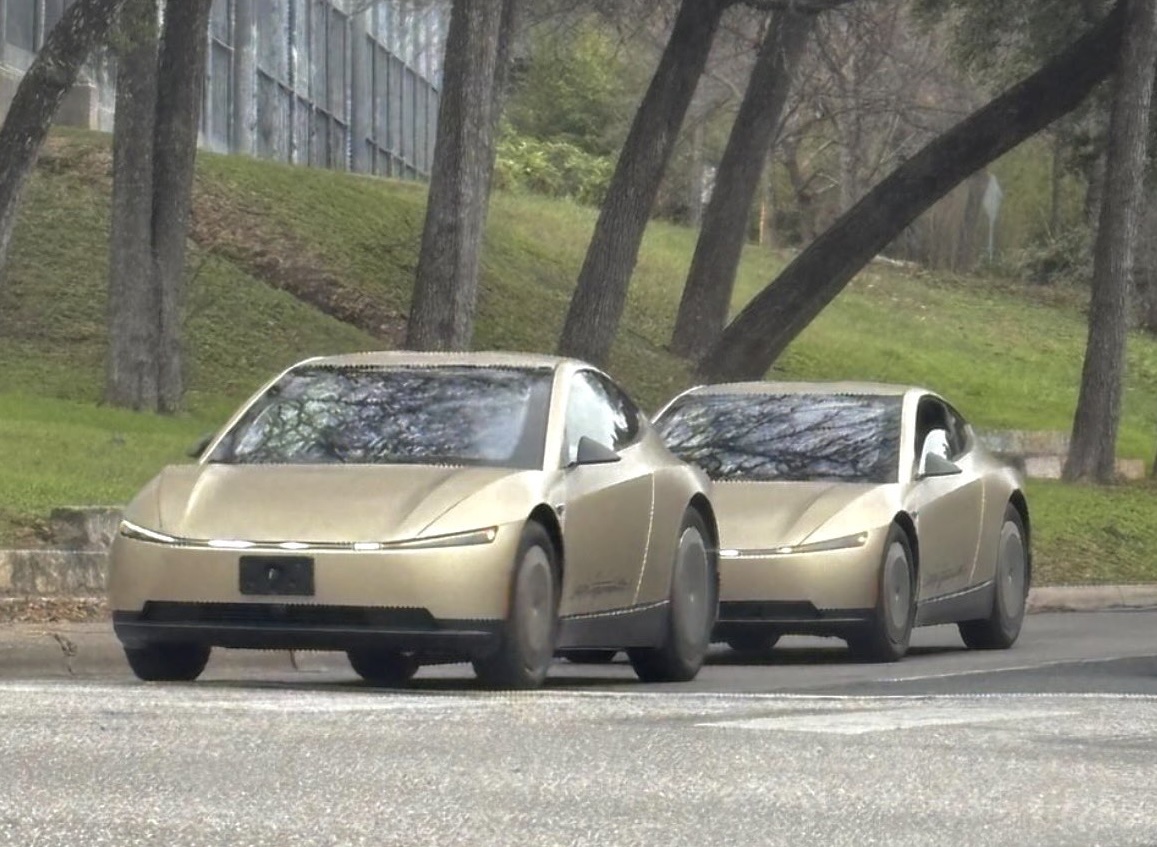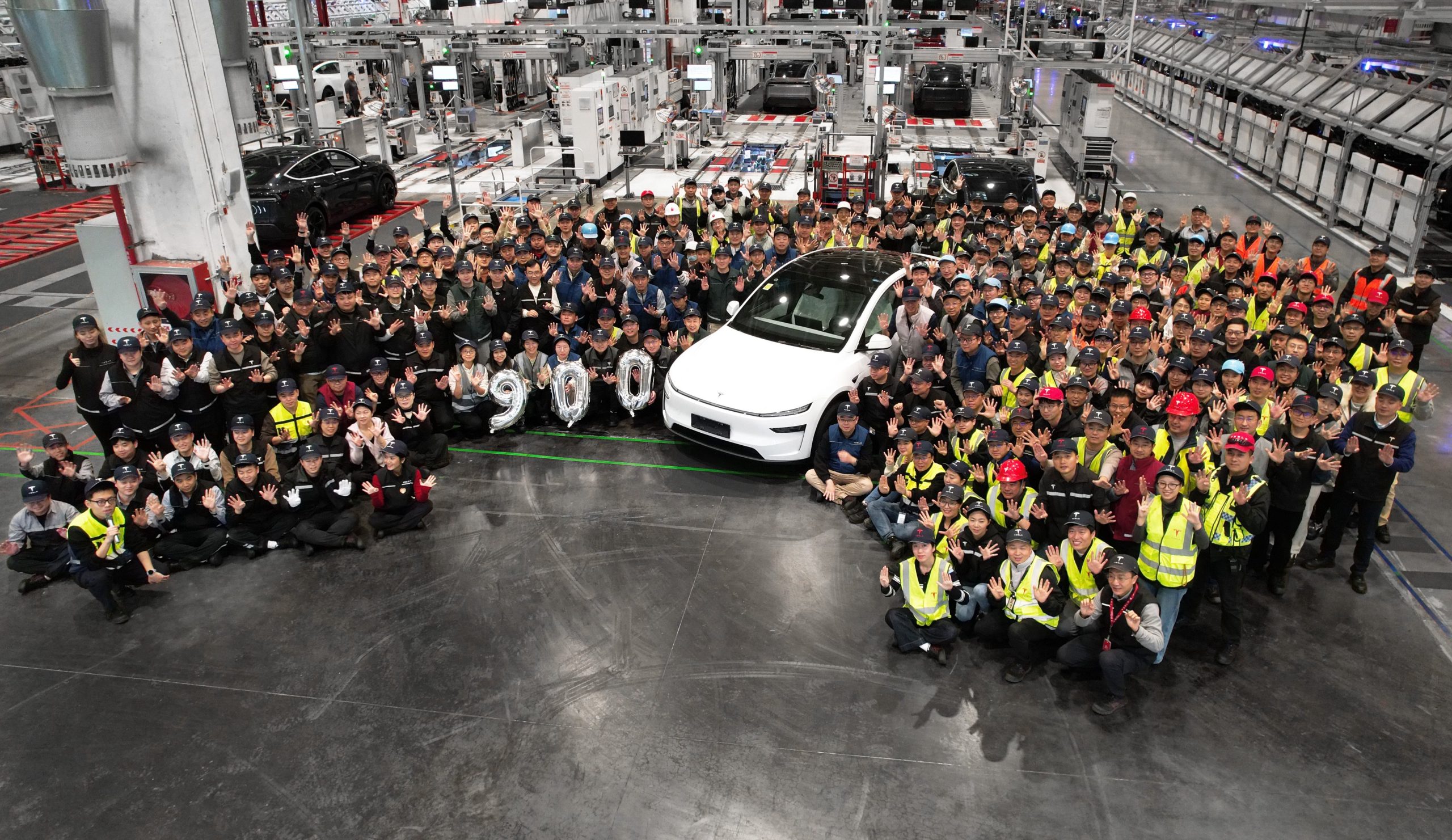

News
SpaceX Starship eyes Tuesday launch after FAA communication breakdown causes delays
Two new sourced reports suggest that SpaceX’s fast-moving approach to Starship development and a shocking level of naivety and ineptitude on behalf of the FAA’s regulatory responsibilities combined to delay the latest Starship test flight.
As previously discussed on Teslarati, SpaceX was clearly and publicly targeting a Starship launch as early as 12pm to 5pm on Monday, March 29th after unknown issues delayed a Friday attempt. Those plans were writ large on SpaceX’s own website and via CEO Elon Musk’s tweets a full three days before launch and confirmed by road closures, notices to mariners, and the FAA’s own flight restrictions and advisories 24-48 hours prior. Around 11am CDT Monday, Musk revealed that SpaceX had been forced to call off the day’s launch attempt because an FAA-required inspector was “unable to reach” Boca Chica in time.
Now, per reports separately corroborated by The Verge reporter Joey Roulette and Washington Post reporter Christian Davenport, a clearer picture of what exactly transpired is available.
Roulette first broke the news, offering a better look at a portion of the debacle. Per “a source,” SpaceX had apparently told the FAA inspector – who had been waiting all week for Starship SN11’s launch debut – that plans for a Monday recycle had been canceled. The inspector then flew home to Florida. However, as things often do and have, the situation rapidly changed and SpaceX suddenly found itself in a position to launch on Monday.
According to the apparent FAA-side source, SpaceX dropped that change of plans on the agency’s lap late on Sunday, leading the inspector to “[scramble]” onto a Monday flight that was somehow too late to arrive before the 5pm CDT end of Starship’s test window. In a statement, the FAA chided SpaceX, stating that the company “must provide adequate notice of its launch schedule to allow for a safety inspector to travel to Boca Chica.”
Under that description of events, it would be hard not to find SpaceX clearly in the wrong. Mere hours of notice – and only offered late on Sunday evening – would make it difficult for anyone to abruptly arrange a 1300-mile, multi-stop flight. At the same time, though, someone capable of singlehandedly scrubbing an entire rocket launch attempt on a whim (or an accident) is obviously not just “anyone” and a functional regulatory apparatus probably wouldn’t leave the entirety of that substantial responsibility up to a single employee.
As it so happened, Roulette’s source only offer part of the picture. According to Christian Davenport and his sources, SpaceX (or someone) did tell the FAA inspector that it was safe to head home on Friday because the company was struggling to secure road closures from Cameron County for a Monday launch attempt. Apparently, the issue was so extreme that SpaceX wasn’t sure if a launch on any day of the next week would be possible.
However, sometime early on Sunday morning, SpaceX secured a road closure for a Monday Starship launch attempt. According to Davenport, SpaceX emailed the FAA inspector but he “didn’t see the email,” which presumably served as a notice of plans for a Starship launch attempt. Logically, SpaceX then began attempting to call the FAA (inspector?) but didn’t get an answer or call back until “late Sunday night.”
Via Cameron County’s explicitly public road closure announcement website, Monday’s road closure was granted no later than 11am CDT. Assuming SpaceX emailed the FAA inspector around then, that email effectively served as a notice of launch plans more than 24 hours before the window was scheduled to open. If SpaceX didn’t somehow forget to email until hours later, Davenport’s description implies that it took SpaceX hours of constant phone calls before the FAA finally responded.
If that series of events is accurate, as it seems to be, it’s a searing indictment of systematic ineptitude and laziness on behalf of the FAA. Having changed SpaceX’s Starship launch license to necessitate the presence of an FAA inspector mere weeks ago, thus giving a single person the power to scrub an entire launch attempt, the regulatory agency appears to have entrusted the entirety of that responsibility to a single “inspector.” Knowing full well that SpaceX works continuously with multiple shifts after almost two years of managing Starhopper and Starship tests, hops, and launches, the FAA then failed to ensure that some kind of communications infrastructure was in place to keep SpaceX appraised about the availability of a single inspector it now fully hinged on for all future Starship launches.
If, as the phrasing in both reports suggests, the FAA allotted a single government inspector to preside over all future Starship launches, that alone would bely a ridiculous level of ineptitude and naivete (or ignorance). To then trust that single person with nearly all of the responsibility of maintaining contact with SpaceX, day and night, would be akin to the FAA consciously guaranteeing that a disruptive breakdown in communications like this one would happen.
All told, SpaceX likely also needs to do some recalibration to better mesh and coexist with the FAA’s glacial reaction time and pace of work. However, the FAA is not going to be winning any favors if it continues to manage SpaceX’s Starship licensing in a manner as inept and cavalier as it has been. Far more importantly, if the FAA – one of the largest, best-funded regulatory bodies responsible for ensuring the safety of some of the most complex systems and vehicles on Earth – is unable to perform tasks as rudimentary as scheduling and contingency planning, it’s difficult to imagine how that same office could be trusted to regulate – and make safer – systems as extraordinarily complex as launch vehicles.
With any luck, the FAA will prove that the last four months have been minor bumps in the road to reliably and professionally licensing and regulating SpaceX’s Starship launch vehicle. However, after two separate demonstrations of systematic mismanagement over a mere four Starship launch attempts, it’s becoming harder and harder to soundly argue that the FAA still deserves the benefit of the doubt.
Assuming the FAA inspector is on schedule, Starship SN11’s next launch attempt is now scheduled between 7am and 3pm CDT (UTC-5) on Tuesday, March 30th.

News
Tesla Cybercab is changing the look of Austin’s roads, and it’s not even in production yet
Videos and photos showed the sleek, two-seat autonomous vehicles navigating traffic.

Even before entering production, Tesla’s Cybercab is already transforming the appearance of Austin’s streets, with multiple prototypes spotted testing in downtown areas recently.
Videos and photos showed the sleek, two-seat autonomous vehicles navigating traffic. Interestingly enough, the vehicles were equipped with temporary steering wheels and human safety drivers.
Recent Cybercab sightings
Over the weekend, enthusiasts captured footage of two Cybercabs driving together in central Austin, their futuristic silhouettes standing out amid regular traffic. While the vehicles featured temporary steering wheels and side mirrors for now, they retained their futuristic, production-intent exterior design.
Industry watcher Sawyer Merritt shared one of the vehicles’ videos, noting the increasing frequency of the autonomous two-seater’s sightings.
Previewing the autonomous future
Sightings of the Cybercab have been ramping in several key areas across the United States in recent weeks. Sightings include units at Apple’s Visitor Center in California, the Fremont factory test track, and in Austin’s streets.
The increased activity suggests that Tesla is in overdrive, validating the autonomous two-seater ahead of its planned volume production. Elon Musk confirmed at the 2025 Shareholder Meeting that manufacturing begins around April 2026 with ambitious targets, and during an All-Hands meeting earlier this year, Musk hinted that ultimately, Tesla’s factories should be able to produce one Cybercab every 10 seconds.
News
Tesla celebrates 9 million vehicles produced globally
The achievement, announced by Tesla Asia on X, celebrated not just the Shanghai team’s output but the company’s cumulative production across all its factories worldwide.

Tesla has achieved a new milestone, rolling out its nine millionth vehicle worldwide from Giga Shanghai.
The achievement, announced by Tesla Asia on X, celebrated not just the Shanghai team’s output but the company’s cumulative production across all its factories worldwide. The milestone came as 2025 drew to a close, and it inspired praise from some of the company’s key executives.
Tesla’s 9 million vehicle milestone
The commemorative photo from Tesla Asia featured the Giga Shanghai team assembled on the factory floor, surrounding the milestone Model Y unit, which looked pristine in white. The image was captioned: “Our 9 millionth vehicle globally has just rolled off the production line at Giga Shanghai. Thanks to our owners and supporters around the world.”
Senior Vice President of Automotive Tom Zhu praised Tesla’s factory teams for the remarkable milestone. He also shared his gratitude to Tesla owners for their support. “Congrats to all Tesla factories for this amazing milestone! Thanks to our owners for your continued support!” Zhu wrote in a post on X.
Giga Shanghai’s legacy
Tesla’s nine million vehicle milestone is especially impressive considering that just 207 days ago, the company announced that it had built its eight millionth car globally. The eight millionth Tesla, a red Model Y, was built in Giga Berlin. The fact that Tesla was able to build a million cars in less than seven months is quite an accomplishment.
Giga Shanghai, Tesla’s largest factory by volume, has been instrumental to the company’s overall operations, having reached four million cumulative vehicles earlier in 2025. The plant produces Model 3 and Model Y for both domestic Chinese and export markets, making it the company’s primary vehicle export hub.
News
Tesla officially publishes Q4 2025 vehicle delivery consensus
By releasing these numbers directly, Tesla establishes a clear, transparent benchmark ahead of its actual results.

Tesla has taken the rather unusual step of officially publishing its company-compiled Q4 2025 delivery consensus on the Investor Relations site. As per analyst estimates, Tesla is expected to deliver 422,850 vehicles and deploy 13.4 GWh of battery storage systems this Q4 2025.
By releasing these numbers directly, Tesla establishes a clear, transparent benchmark ahead of its actual results, making it harder for narratives to claim a “miss” based on outlier estimates.
Official consensus sets the record straight
Tesla’s IR press release detailed the consensus from 20 analysts for vehicle deliveries and 16 analysts for energy deployments. As per the release, full-year 2025 consensus delivery estimates come in at 1,640,752 vehicles, an 8.3% decline from 2025’s FY deliveries of 1,789,226 cars.
Tesla noted that while it “does not endorse any information, recommendations or conclusions made by the analysts,” its press release does provide a notable reference point. Analysts contributing to the company compiled consensus include Daiwa, DB, Wedbush, Oppenheimer, Canaccord, Baird, Wolfe, Exane, Goldman Sachs, RBC, Evercore ISI, Barclays, Wells Fargo, Morgan Stanley, UBS, Jefferies, Needham, HSBC, Cantor Fitzgerald, and William Blair.

Tesla’s busy Q4 2025
Tesla seems to be pushing hard to deliver as many vehicles as possible before the end of 2025, despite the company’s future seemingly being determined not by vehicle deliveries, but FSD and Optimus’ rollout and ramp. Still, reports from countries such as China are optimistic, with posts on social media hinting that Tesla’s delivery centers in the country are appearing packed as the final weeks of 2025 unfold.
The Tesla Model Y and Model 3 are also still performing well in China’s premium EV segment. Based on data from January to November, the Model Y took China’s number one spot in the RMB 200,000-RMB 300,000 segment for electric vehicles, selling 359,463 units. The Model 3 sedan took third place, selling 172,392. This is quite impressive considering that both the Model Y and Model 3 command a premium compared to their domestic rivals.








